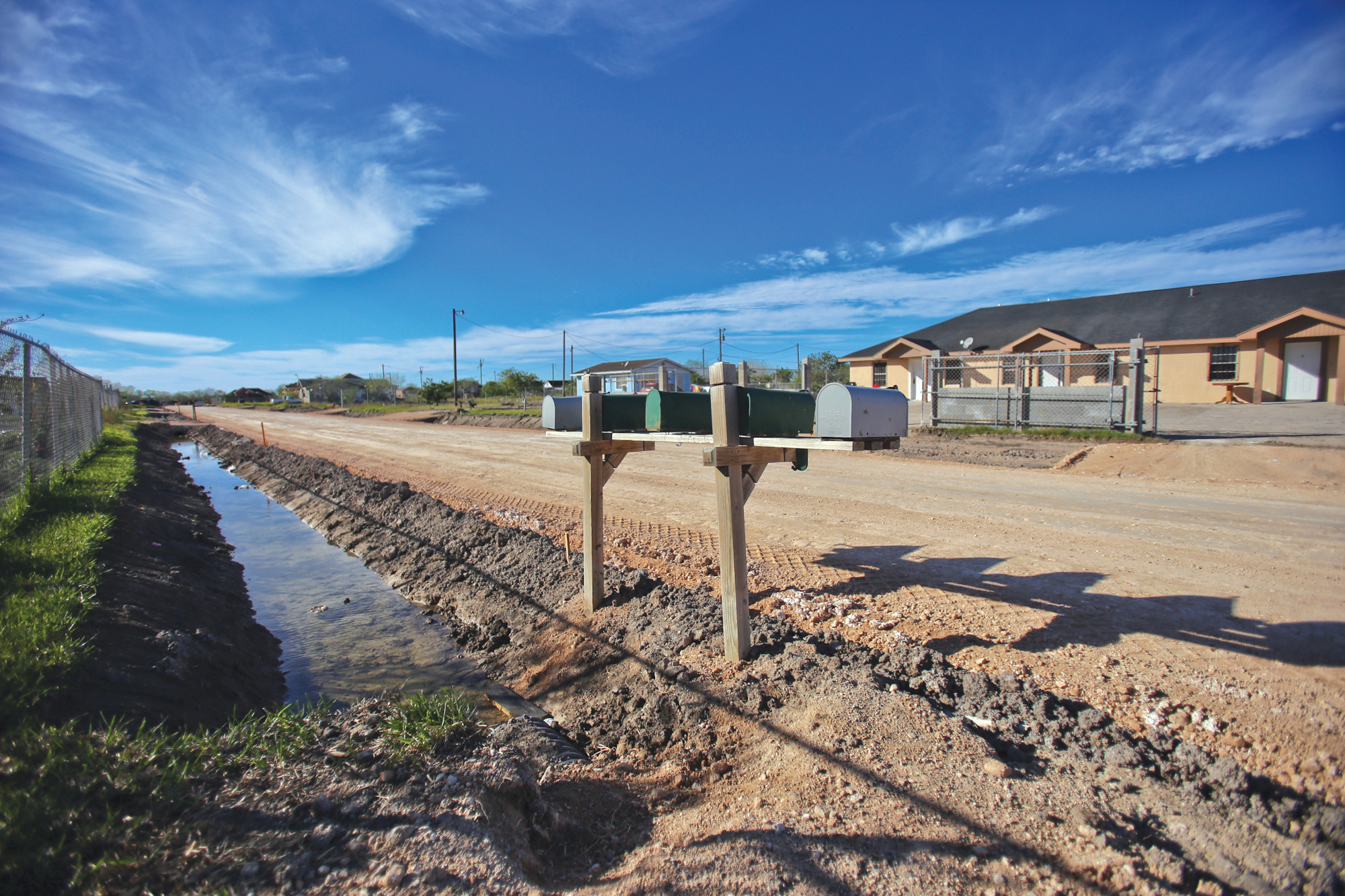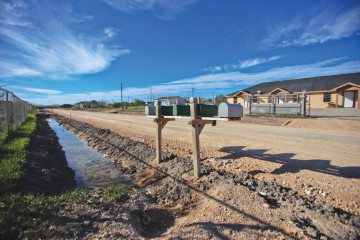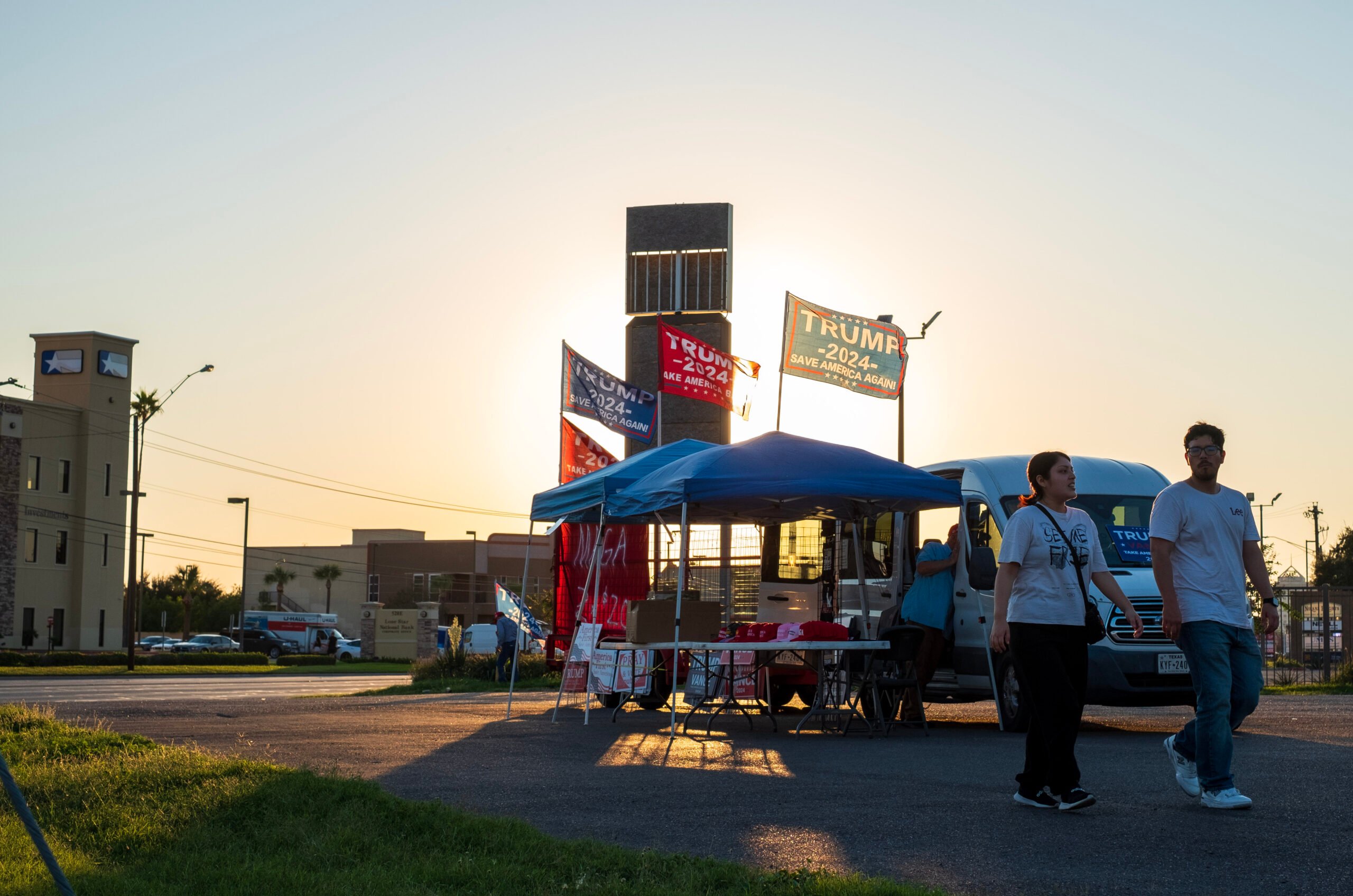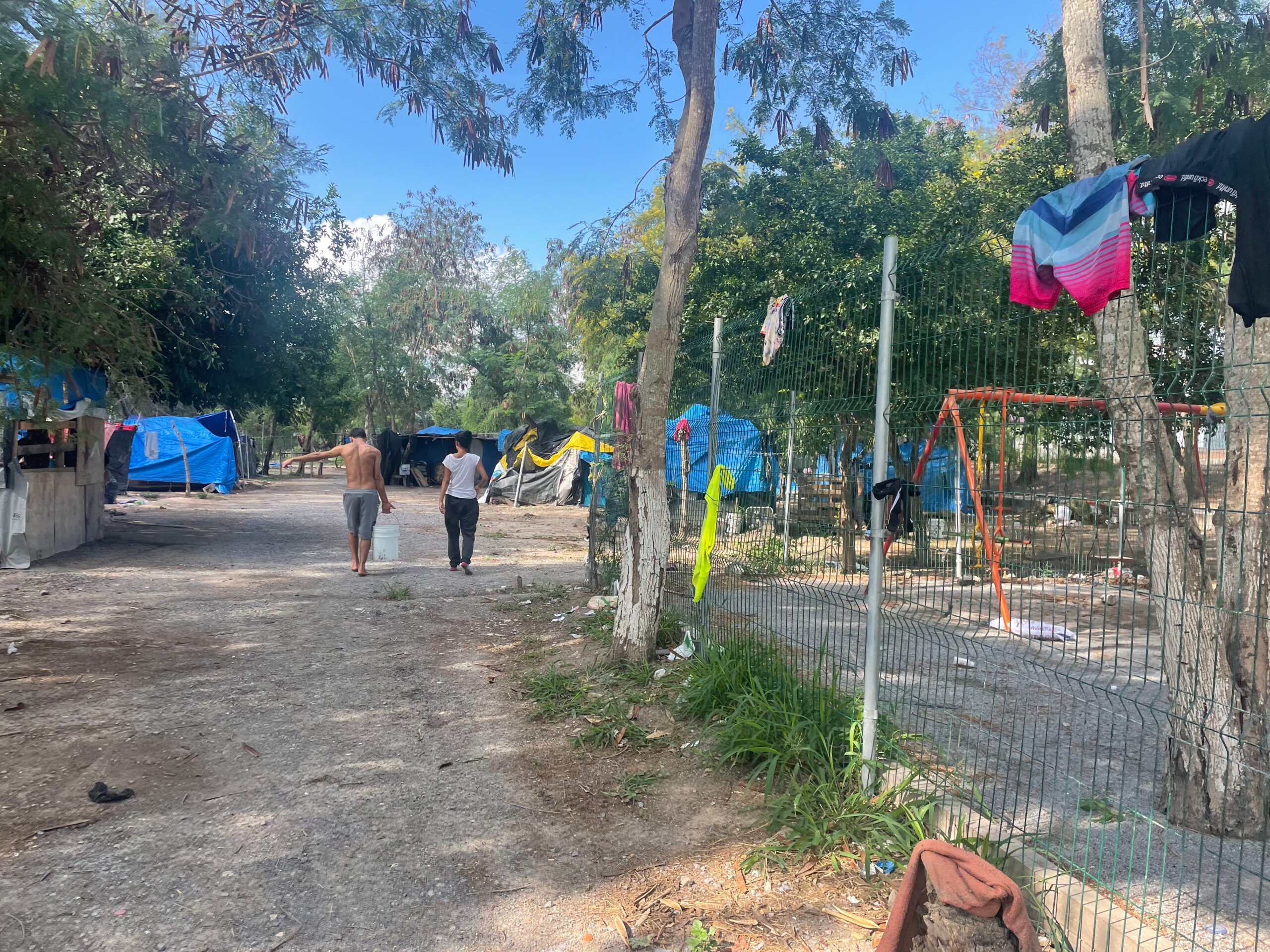
Will State Leaders Keep South Texans Safe from Zika Virus?
Women in South Texas colonias are particularly vulnerable, public health advocates say.


Poor Hispanic women will likely be hardest hit when a Zika outbreak takes place in South Texas, according to public health advocates. Thousands of low-income women who live close to the Texas-Mexico border are uninsured and have no access to birth control, making them especially vulnerable to Zika’s most serious effect — microcephaly in infants born to women with the virus.
So far Texas has 97 documented cases of Zika, with the majority concentrated in the urban areas around Houston and Dallas. But with a longer mosquito season, a larger proportion of uninsured people than the rest of the state and poor drainage conditions in parts of South Texas, that could soon change. News that Florida has documented local transmission of the virus doesn’t bode well for South Texas, either.
“We already have dengue circulating so we know the vector is here, which makes us highly vulnerable,” said Joe McCormick, regional dean of the University of Texas School of Public Health’s Brownsville campus. “We’re right on the border, and we know Zika is spreading in Mexico. We’re at particularly high risk.”
Low-income Texans living in the Valley’s colonias — poor, often rural, neighborhoods that lack basic city services like running water and drainage — are especially vulnerable to mosquito bites. The annual income for people who live in colonias is well below the state average and unemployment rates are high. In a colonia, when it rains, it floods, and water can stagnate for days, providing the perfect breeding ground for mosquitoes.
The movement of populations across the border also increases the likelihood that an infected person could either pass the virus to others through sexual contact, or contract the virus from a Zika-carrying mosquito bite, starting a chain of infections.
Some South Texas mosquito breeding seasons have grown to be among the longest in the country, in part fueled by climate change. Brownsville’s 193-day mosquito season is the 23rd longest in the country, and in Hudspeth and El Paso counties, mosquito seasons have increased by more than two weeks over the last 20 years.
Men, young children and the elderly who contract the virus will mostly only face a bout of rashes and fever, but the disease is risky for women of childbearing age as it has been linked to microcephaly, which causes babies to be born with smaller than average heads, causing a range of potentially serious health problems. Zika is also transmitted sexually, making access to family planning services crucial to prevention.
“The population in the Valley has higher rates of poverty and has a higher rate of uninsured,” said Stacey Pogue, a senior policy analyst at the liberal think tank Center for Public Policy Priorities. “Those things, along with the poor health care infrastructure, present unique challenges.”
Texas’ state and local officials have been utilizing a three-pronged approach to prevent the spread of Zika, focusing on mosquito abatement and public education on preventing bites and practicing safe sex.
But government efforts to prevent the spread of Zika might not be reaching people in the colonias.
Many counties along the Texas border do not have health departments or vector control programs needed to monitor mosquito populations and spray to control breeding. Of the four counties that make up the Rio Grande Valley, for instance, two — Starr and Willacy counties — do not run health departments. And when counties do track mosquito populations, they often don’t send additional resources to the colonias, where flooding is more frequent and the likelihood of finding Zika-carrying mosquitoes is higher.
“Our people pay taxes, they just don’t get services,” said Juanita Lopez of the South Texas Colonia Initiative. “It’s like the forgotten people. Out of sight, out of mind.”
In Nueces County, for instance, the health department sets about 20 mosquito traps in rural areas, but none of them are in the colonias where flooding makes it difficult for vehicles to drive through.
Lopez said that she and her husband have been trying to educate colonia residents about Zika through flyers and word-of-mouth, driving around 100 miles a week to the colonias in the area.
“It’s not that we don’t have the infrastructure, it’s that we don’t have the funding to set up surveillance.”
Earlier this week, the Texas Health and Human Services Commission announced it would provide free mosquito repellents to women between the ages of 10 and 45 and pregnant women covered by the Medicaid program.
But those repellents will be inaccessible to Valley women who fall in the Medicaid coverage gap because they bring in too much money to qualify for the program but also live below the poverty line and can’t afford health care through the insurance marketplace. An estimated 80,000 people in the Valley fall in the coverage gap. In addition, the repellents require a prescription from a doctor and must be picked up in person at a pharmacy, which means poor women facing transportation and language barriers may not be able to access the aid. Nor does the program address the needs of those who are undocumented.
Statewide, the Department of State Health Services (DSHS) is coordinating with local health departments to collect and analyze mosquito samples. DSHS spokesperson Chris Van Deusen told the Observer that the state lab in Austin periodically receives mosquito samples from 10 offices in eight counties in South Texas. When doctors suspect that a patient may have Zika, blood and urine samples are collected and sent to the Austin laboratory where DSHS tests for the virus.
But McCormick, the Brownsville public health researcher who tracked the spread of the H1N1 virus in 2009, said he worries that the one state lab in Austin won’t be adequate to handle large volumes of samples.
“With H1N1 it was total chaos, and they didn’t have the capacity to test all the samples,” he said. “It took weeks to get results. It’s not that we don’t have the infrastructure, it’s that we don’t have the funding to set up surveillance.”
The federal government has approved $6 million in Zika preparedness funding for Texas. Some of that money will be spent on expanding testing capabilities at the Austin lab, Van Deusen said, adding that the lab has also spent half a million dollars in state funds on expanding lab capabilities and purchasing lab supplies and mosquito traps.
McCormick said he hopes the state has learned its lesson from the 2009 H1N1 pandemic and will be better prepared for Zika. Otherwise, just like during the H1N1 outbreak, poor Hispanic men and women will bear the brunt of a Zika outbreak.

